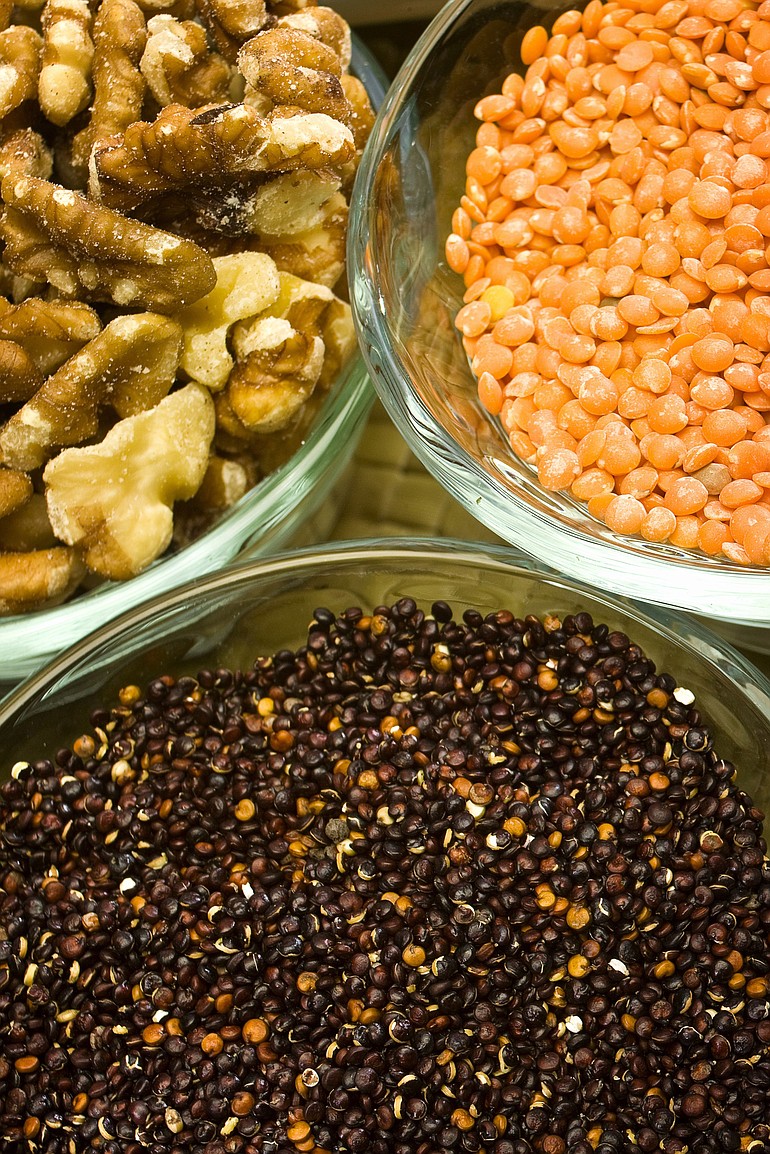The term “superfoods” gets thrown around a lot. Unfortunately, it’s often attached to nutrient-rich foods that are expensive, obscure (Acai berry? Isn’t that what’s in all those annoying Facebook ads?) or, um, something of an acquired taste. (Really, Oprah? Sardines?)
So our list of superfoods for 2010, developed from conversations with dietitians, kinesiologists and holistic-health experts, is more practical. Our suggestions pack a big nutrient bang per calorie and deliver health benefits you need — but you probably already like and eat many of them, like romaine lettuce, walnuts, even seaweed. (Who knew it’s not just the fish that’s good for you in sushi?)
Resolve to eat these 10 foods, and be a healthier you in 2010.
1. BLUEBERRIES
Why you should eat more: Blueberries are packed with antioxidants, which help protect the body from disease; they’re high in potassium, vitamin C and fiber, all for about 80 calories a cup. Recent studies have suggested they may help protect against heart disease, cancer (especially colon and ovarian) and age-related diseases such as Alzheimer’s. In general, the darker the berry, the more health benefits, so load up on blackberries and elderberries, too.
How to up your intake: Fresh berries can be expensive and anemic-tasting in the winter, but frozen will work just fine, especially in a smoothie or stirred into yogurt. Processing, however, strips them of many nutrients, so that blueberry muffin or PopTart doesn’t count.



